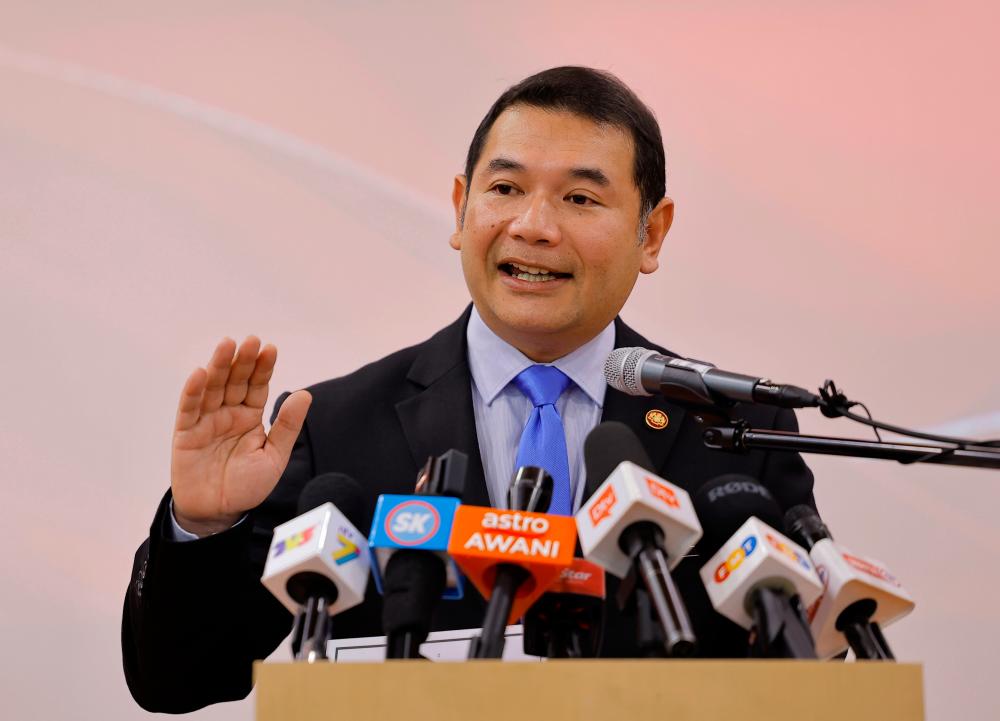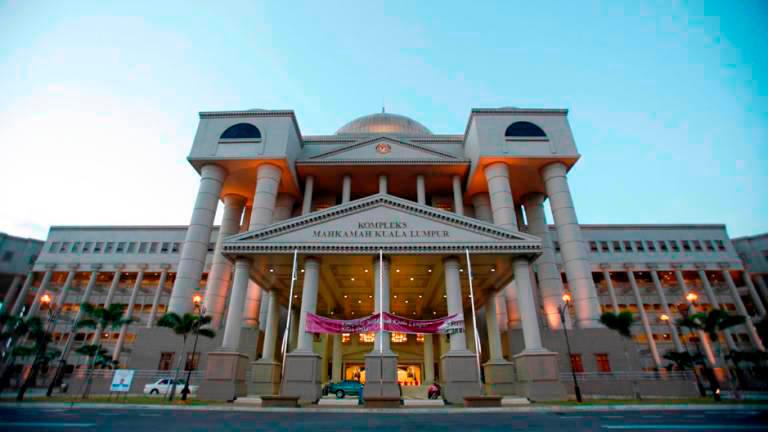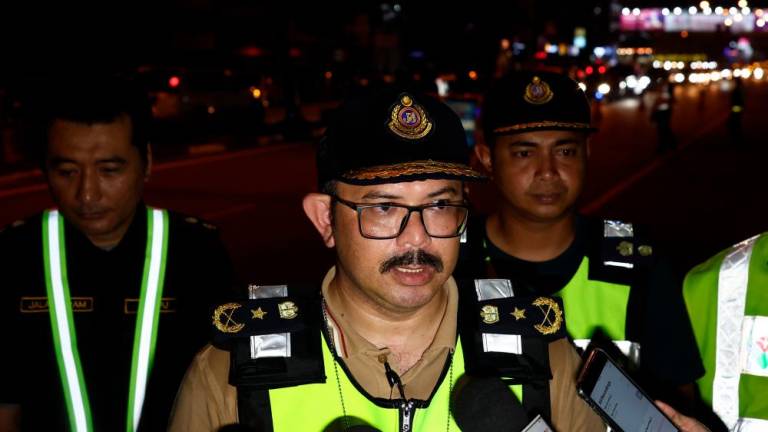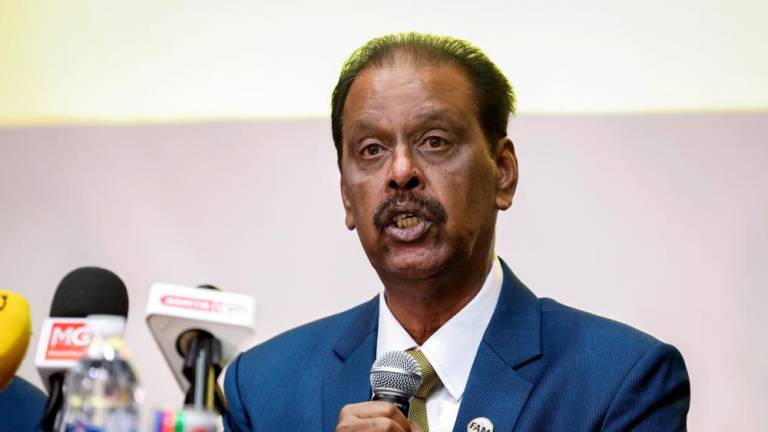PUTRAJAYA: The national inflation rate could reach a projected 3.1 to 3.3 per cent this year if the monthly inflation rate remains subdued, said Economy Minister Rafizi Ramli.
He said at a press conference here today that since December 2022, the country’s inflation rate has reached a more stable level.
“About six months from the highest level in September 2022 (4.5 per cent) and based on other figures published by the Department of Statistics (DoSM), the signs showed that we were passing the peak of the increase in the price of goods.
“We hope that if it were to drop at a rate of 0.1 per cent every two months, this downward pattern would continue in the coming months, from 3.8 per cent (December 2022) down to 3.7 per cent (January and February 2023), If this continues, it would mean that by the end of this year we may be able to bring inflation to 3.1 to 3.3 per cent,“ he said.
Rafizi, however, said the inflation rate also depends on things beyond control such as disruptions in the supply of raw materials caused by international geopolitical factors or local disruptions such as floods.
“If we look at this pattern with some data that shows there are signs that production costs are decreasing, it means that we are on track in that direction but of course there are other factors.
“For example, bad weather causes disruption to the supply of raw materials.
“I remember that another matter (supply disruption) is already in the government’s planning through a medium-term initiative that focuses on increasing the supply capacity of raw materials to users,“ he said.
Regarding inflation in February 2023, Rafizi said the main contributors to the month’s inflation were the food and non-alcoholic beverages category (7.0 per cent) where the flood increased the price of vegetables, as well as the restaurant and hotel category (7.4 per cent) which was due to the increase in domestic and international visitors.
At the press conference, Rafizi also announced the KitaJaga application, which is a price checker that can display the daily price of each item according to a specific locality.
He said the initiative was the result of a collaboration between the Economy Ministry and a local organisation, KitaJaga, which developed the application and its features.
“The KitaJaga organisation has taken advantage of open data on the OpenDOSM website that was launched a few months ago, and web developers and coders are encouraged to continue using granular data from OpenDOSM in products that benefit the people,” he said.
He said the KitaJaga application allows people to buy wisely with the price data at their fingertips.
“The Economy Ministry will start with the price of grocery items because most of the price increases are concentrated in this category, and expand to other categories for the people’s use,” he said. - Bernama














